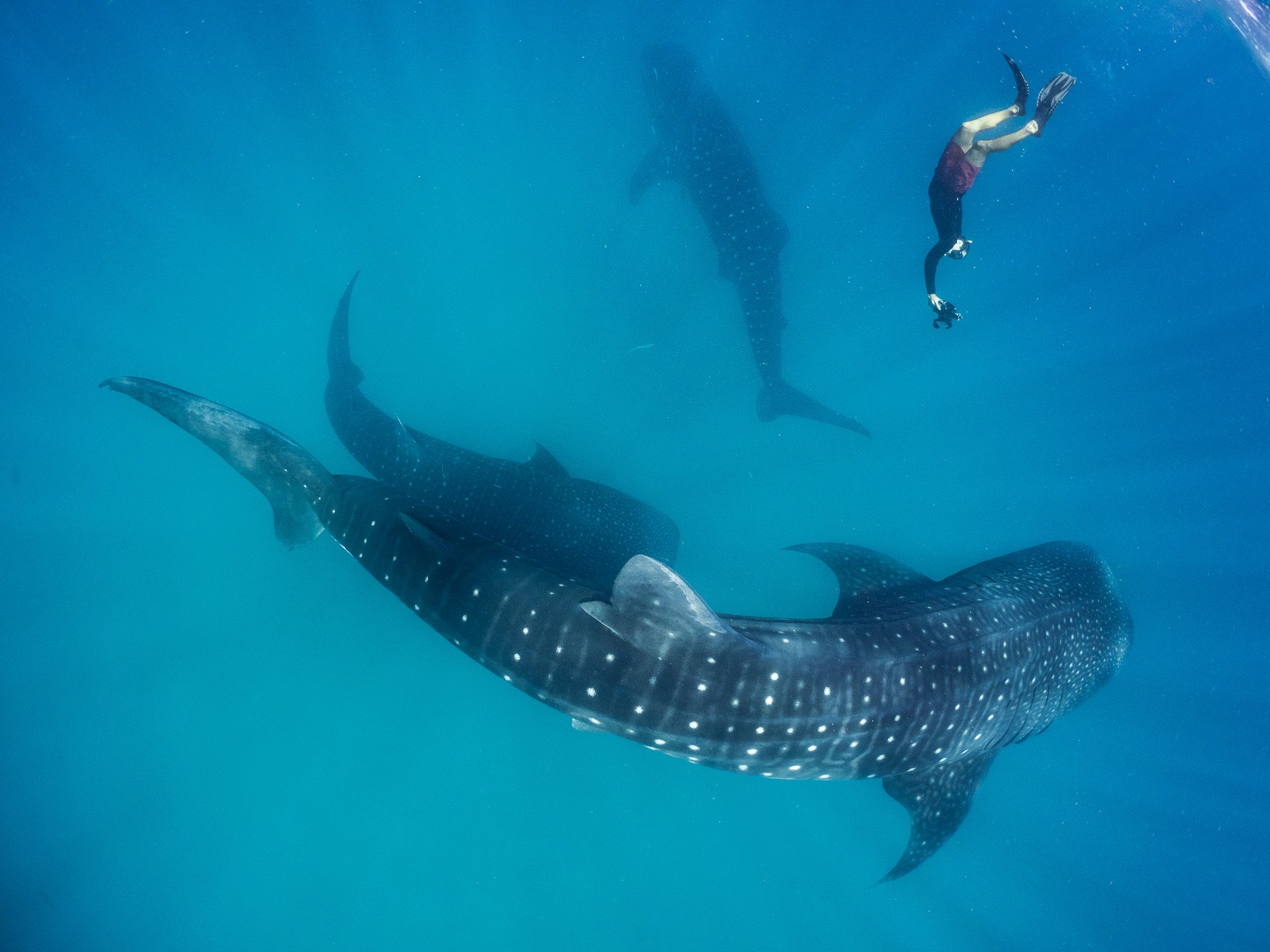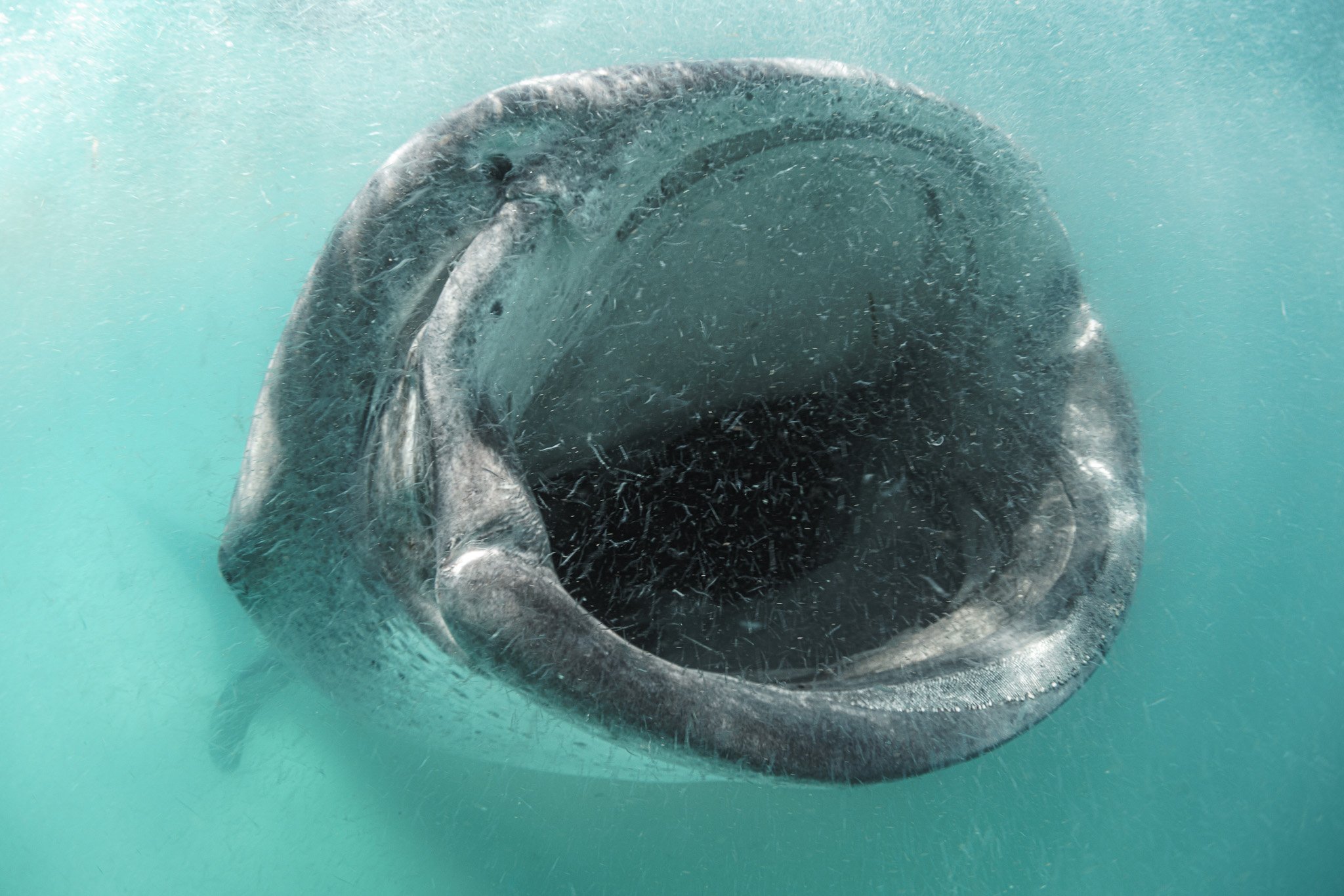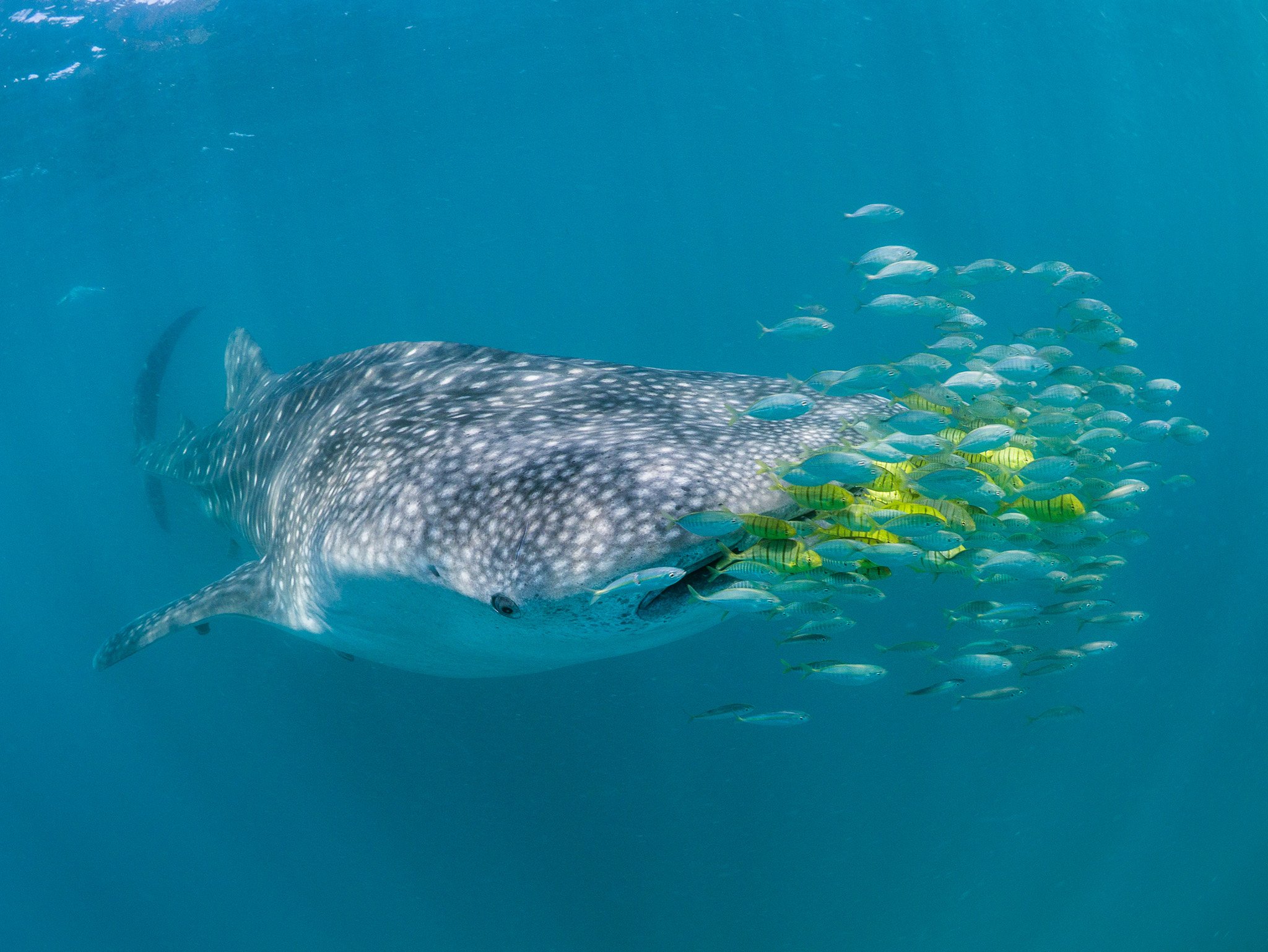
Global Whale Shark Program
The Mafia Island, Tanzania, Whale Shark Project
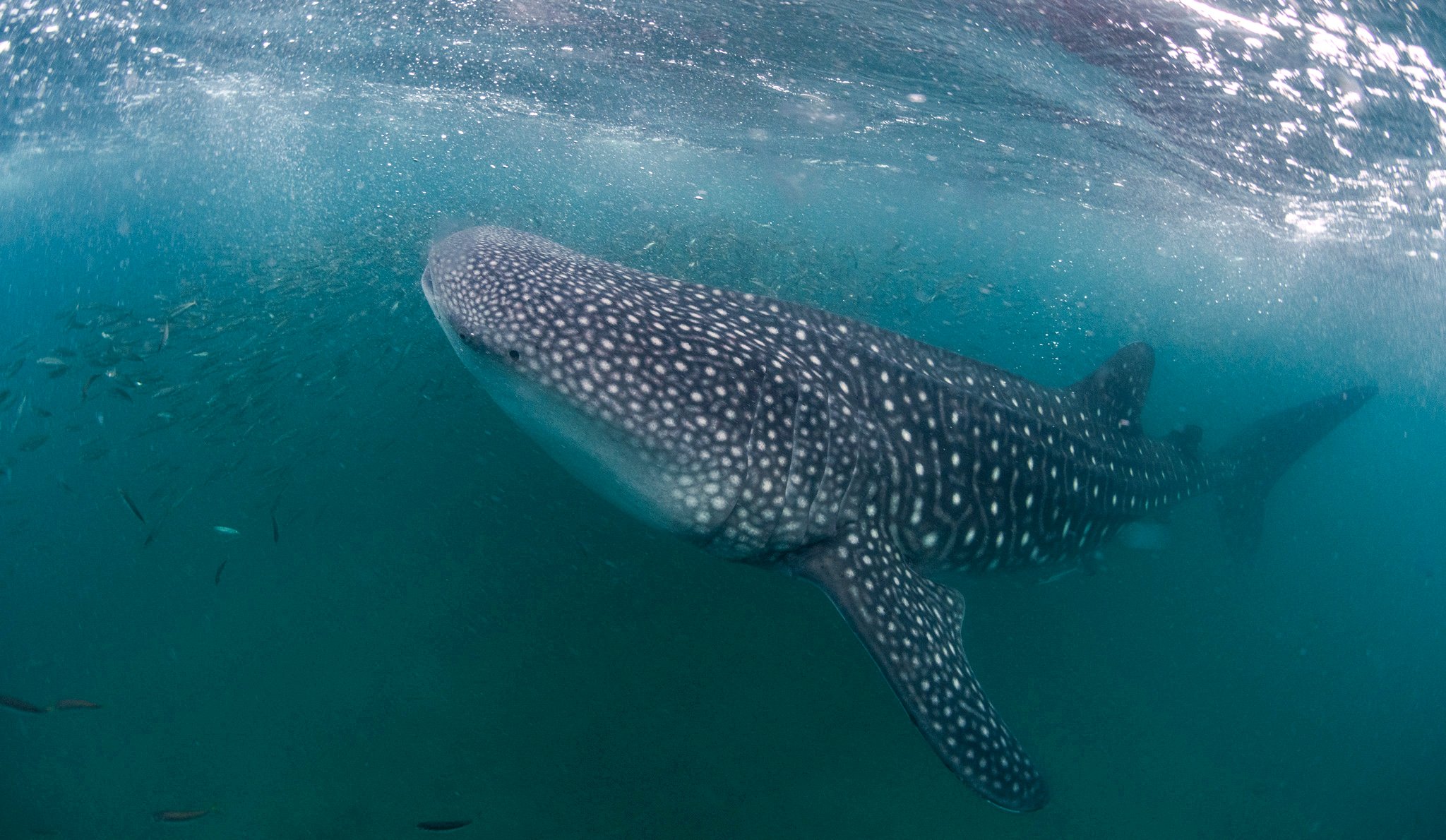
Help us secure the future of Mafia Island’s whale sharks
What’s this project about?
Our whale shark research in Tanzania centers on Mafia Island, located off the Rufiji River Delta in the south of the country. Mafia is like a natural laboratory for whale shark research.
The high residency of these sharks also means they are uniquely susceptible to local human pressures. Whale shark tourism has grown significantly since we started the project in 2012, and the island also has a valuable fishing industry operating in the same area where we see the sharks. We are working with local stakeholders toward minimizing the negative impacts of fishing and tourist boats on whale sharks.
We started work at Mafia in 2012, in collaboration with WWF Tanzania, the Tanzanian Fisheries Research Institute (TAFIRI), and King Abdullah University of Science and Technology (KAUST), while working closely with pioneering ecotourism operators and the Mafia District Council.
Key successes to date:
We legally protected whale sharks in the country, ensuring their safety and conservation.
We established Mafia Island as an IUCN Important Shark & Ray Area
We elevated the regard for whale sharks in the local community, fostering appreciation and awareness.
We boosted the ecotourism industry with whale sharks as a drawcard for national and international visitors.
We established Mafia Island as a global 'model population' for ecological studies on whale sharks.
Watch
Discover the enigmatic whale sharks of Mafia Island in this short National Geographic video, showcasing our groundbreaking research project.
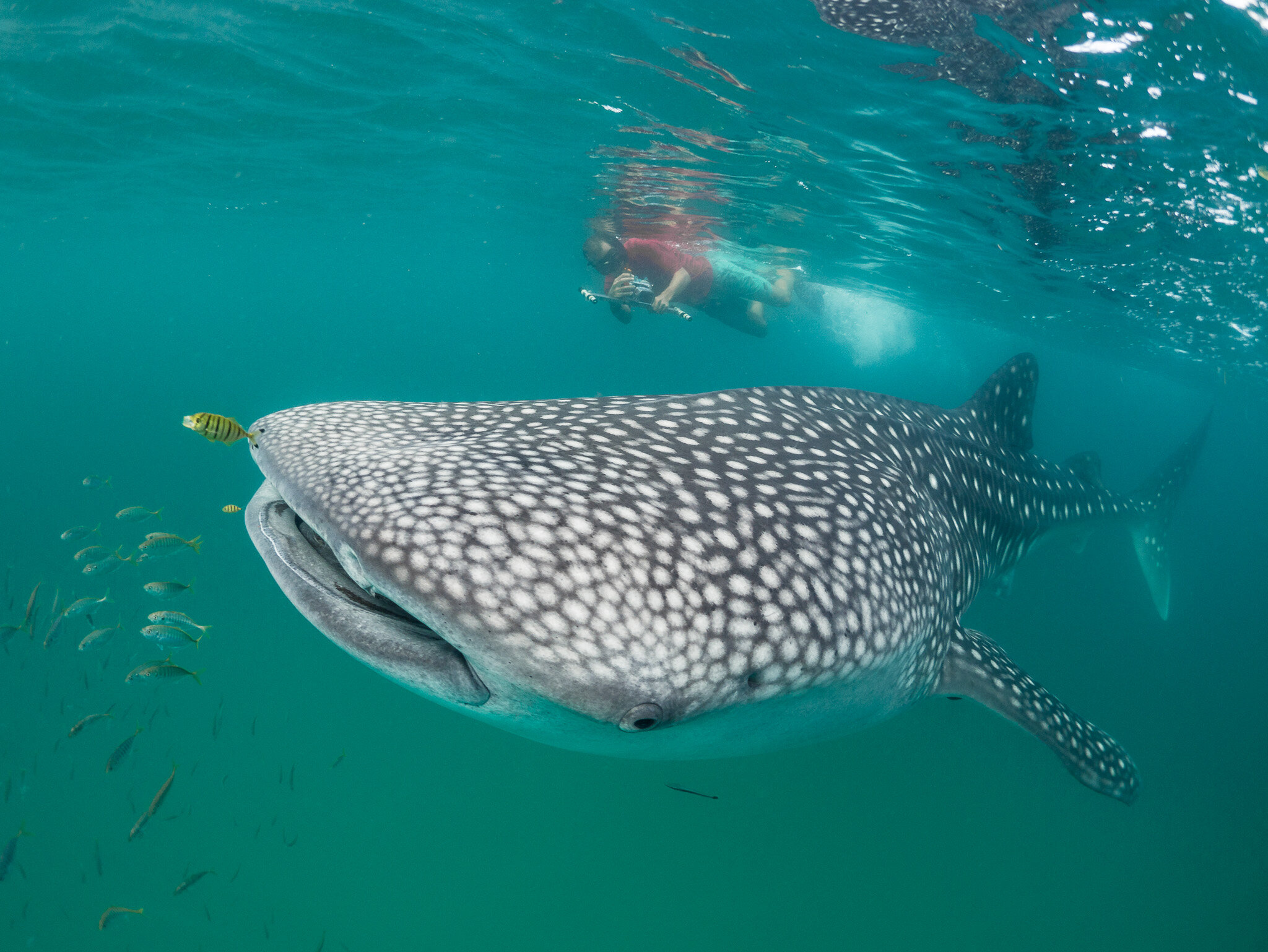
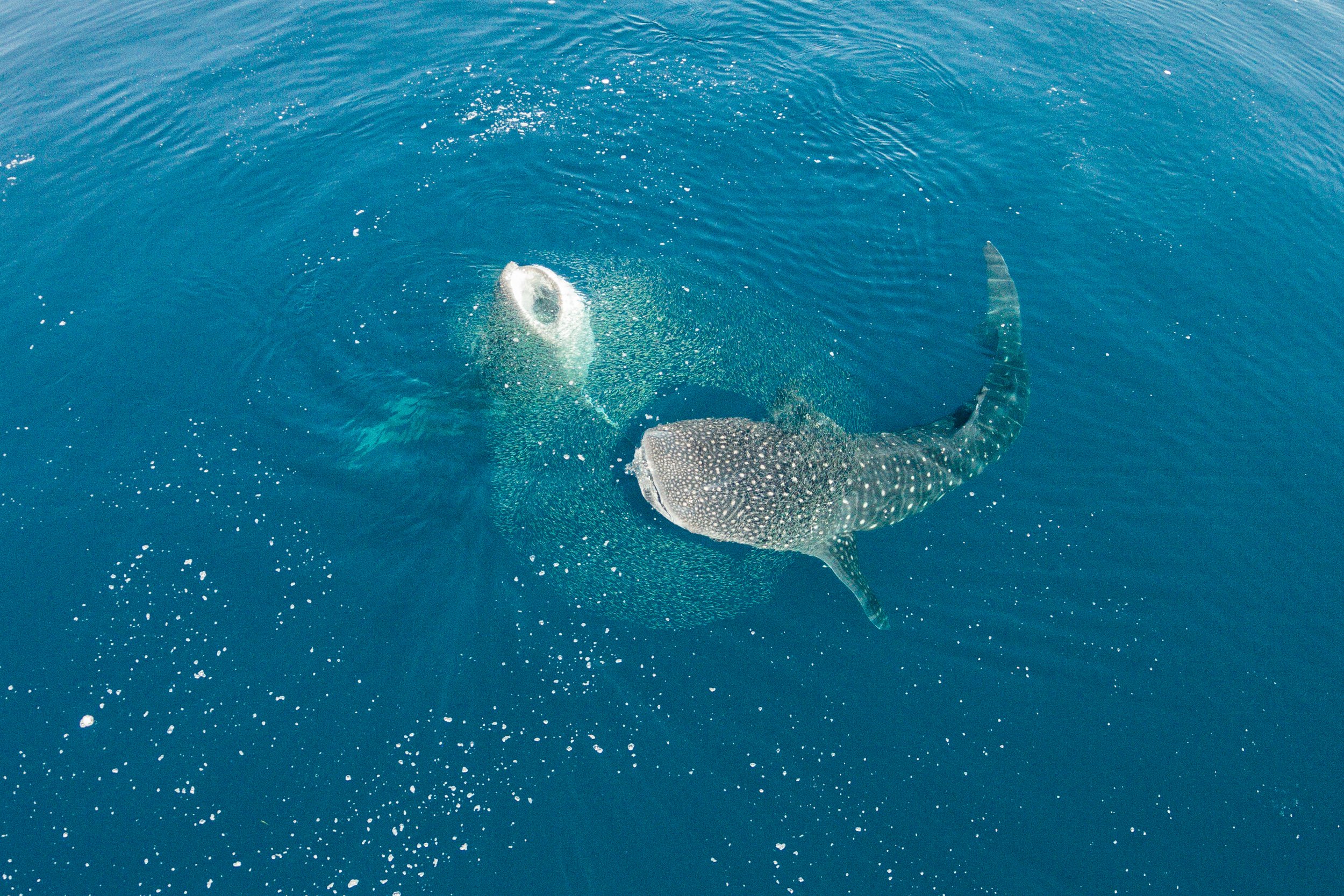
Project Overview.
Mafia Island Whale Sharks.
Mafia Island is a hub for ecological studies on whale sharks. Our research covers various aspects of their lives, including their movements, feeding ecology, genetics, population trends, behavior, social grouping, health, and the human threats they face.
1. Fine-scale Movements and Habitat Use
We employ passive acoustic telemetry to track the whale sharks' movements and map their activity hotspots and seasonal changes. This information is used to lobby for protection measures, such as a go-slow zone for boats.
2. Short- and Long-term Feeding Ecology
Our research involves collecting plankton samples from feeding events and conducting biochemical analyses to study their long-term feeding ecology. We use stable isotope and fatty acid analyses to examine the sharks' position in the food web, feeding locations, and prey sources.
3. Genetic Connectivity
We collect tissue samples for genetic analysis to examine the connectivity between individuals at Mafia Island and around the world. Our kinship analysis helps identify close relatives among the whale sharks.
4. Population Trend Analyses
Our team analyzes population size trends over the last 8 years and applies robust models to assess whether the population is recovering or if stricter protection is needed.
5. Improving Demographic Parameter Estimates
We aim to estimate essential demographic parameters, such as survival and growth rates. To achieve this, we utilize stereo-videography to accurately measure the sharks over time.
6. Behavioural Studies
Our behavioral studies involve the use of behavioral tags to measure the sharks' 3D position and acceleration, which allows us to identify their behaviors even when not directly observed, such as at night.
7. Social Grouping
We assess whether the same individual sharks are preferentially seen together and use the acoustic telemetry dataset to study longer-term social groupings. This information helps us evaluate potential disturbances from human activities, such as tourism.
8. Health Assessment
To understand the whale sharks' biology and bioenergetics, we analyze their comparative growth rates using stereo-videography. In the future, monitoring individual shark health over time may become possible through blood sample collection.
9. Human Threats
We track scars and injuries using photographs to assess the main threats faced by the whale sharks in each location, such as boat strikes or entanglement in nets. By monitoring injury frequency over time, we can evaluate the effectiveness of management strategies and regulations.
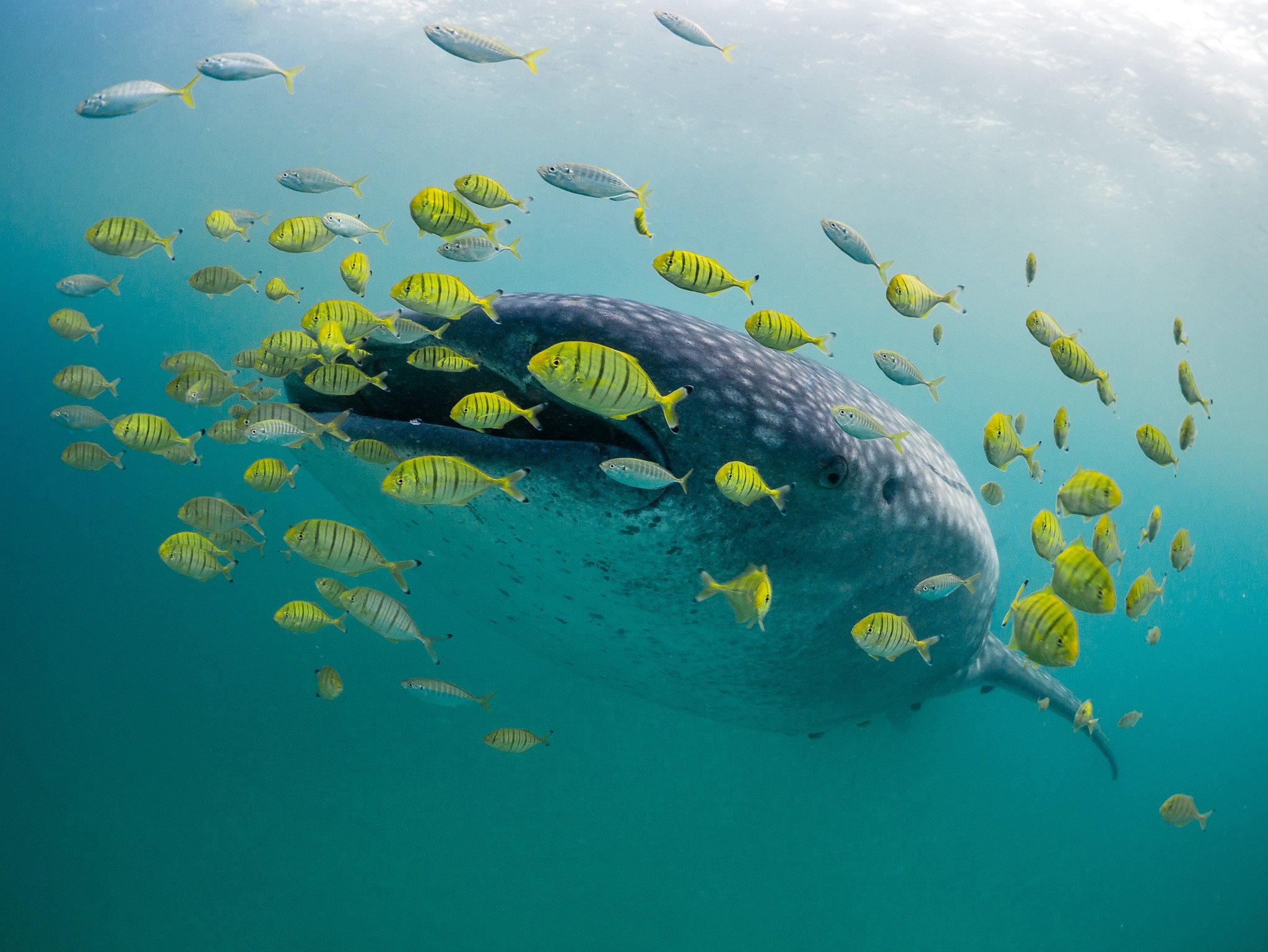

MMF Project Team
-

Dr Chris Rohner
PRINCIPAL SCIENTIST
Dr Chris Rohner completed his PhD on whale sharks in 2012, the first doctoral study on the species in Africa. Chris is an international expert in satellite tracking, population modeling, and shark ecology.
-

Dr Clare Prebble
PRINCIPAL SCIENTIST
Dr Clare Prebble has pioneered the emerging field of biochemical ecology and its application to movement and feeding studies, completing her PhD on whale sharks in 2018.
-

Dr Simon Pierce
CO-FOUNDER / PRINCIPAL SCIENTIST
Dr Simon Pierce is a pioneering researcher and global leader in whale shark conservation. Simon co-authored the first-ever scientific textbook on whale sharks in 2021, led the recent global conservation assessment of the species, and serves as a member of the IUCN Shark Specialist Group.
Media
National Geographic. Why the World's Biggest Sharks Love Mafia Island
The Guardian. Whale sharks feeding in the western Indian Ocean - in pictures
Mongabay. ‘Biological passports’ show whale sharks travel less than we thought
Hakai. One Great Shot: Giant of the Deep
Oceanographic Magazine. Spot Patterns: Around Tanzania’s mafia island, the Marine Megafauna Foundation (MMF) highlights the need for long-term population monitoring of the world’s largest fish with the help of citizen scientists
Publications
Improving sightings-derived residency estimation for whale shark aggregations: A novel metric applied to a global data set. Araujo G, Agustines A, Bach SS, et al. Frontiers in Marine Science.
The need for long-term population monitoring of the world’s largest fish. Rohner CA, Venables S, Cochran J, et al. Endangered Species Research.
Pieces in a global puzzle: Population genetics at two whale shark aggregations in the western Indian Ocean. Hardenstine RS, He S, Cochran JEM, et al. Ecology and Evolution.
No place like home? High residency and predictable seasonal movement of whale sharks off Tanzania. Rohner CA, JE Cochran, EF Cagua, et al. Frontiers in Marine Science 7: 423.
Limited latitudinal ranging of juvenile whale sharks in the Western Indian Ocean suggests the existence of regional management units. Prebble CEM, Rohner CA, Pierce SJ, et al. Marine Ecology Progress Series 601: 167-183.
Undersea constellations: The global biology of an endangered marine megavertebrate further informed through citizen science. Norman BM, Holmberg JA, Arzoumanian Z, et al. BioScience. 67(12): 1029–1043.
Acoustic telemetry reveals cryptic residency of whale sharks. Cagua F, Cochran J, Rohner CA, et al. Biology Letters 11.
Laser photogrammetry improves size and demographic estimates for whale sharks. Rohner CA, Richardson AJ, Prebble CEM, et al. PeerJ.
Whale sharks target dense prey patches of sergestid shrimp off Tanzania. Rohner CA, Armstrong A, Pierce SJ, et al. Journal of Plankton Research.
